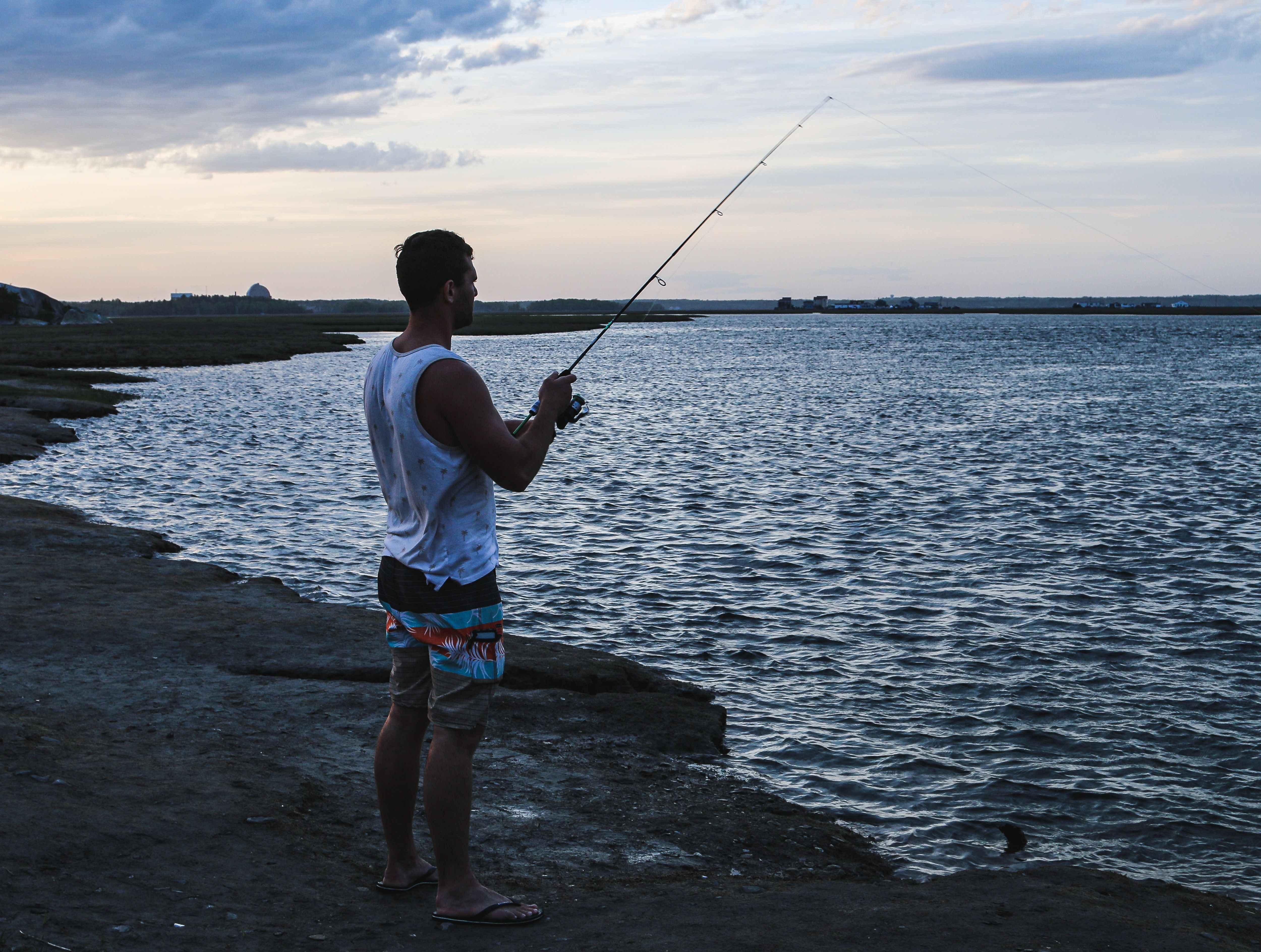February 11, 2021
Surf Casting

Presumably, if there’s anything anglers consider hard in the realm of fishing (with regards to the amount of patience and equipment involved), it’s surf casting. Surf casting involves looking for fish through surfs in proximity with the sea shore, jetties, docks, and the like. Although sea spots are amongst the often sought destinations to go surf casting, there exist a few exceptions to overrule this norm as well (i.e. when surfcasting on a freshwater riverside).

Skishing or what’s known as extreme surf casting is yet another type of surf casting. It’s when a regular surf caster escapes the bounds of the shore a little further to swim and catch fish with what’s known as a surfcasting pole. Among popular catches Bass, Dogfish, Cod and a few flatfish species are on top of the list. Spotted Seatrout, Bluefish, Pompano, and Red-drum have also been caught from other locations over time.
What to Expect When Surf Casting
In the case of such a fishing technique, the specificity of the gear is what counts for you to successfully find the right fish. Some surf casters also get their gear custom made to suit their needs. But, just to keep an eye on the not to miss essentials, let’s have a brief overview of what you’ll need.
In general, the recommended length for an average surf casting rod ranges between 4m to 5m and its casting weight between 100gr to 200gr. Yet again depending upon your height and physical strength to hold a rod, you may want to opt for some variations and customization. As for the reel, you should invest well on this one since the environment you’ll be taking it to can corrode a low quality one due to salt spray and water exposure. Additionally, consider looking for one that has the space to spool extra fishing line than usual for long distance casting. A monofilament fishing line can pair well with the aforementioned equipment due to its greater flexibility and easier handling.
Fun fact: Surf casting is interchangeably known as beach casting in Britain.
Tips for Surf Casting
- If you’re a beginner or in between with regards to expertise, don’t practice surf casting with a rod more than 4.5m long.
- Shallow water areas with low tide are not as fruitful for surf casters as high tide spots. That’s because fish find such areas unsafe to hide.
- If you’re surfcasting on a beach, you’d most likely have to enter high tide surf. So, to prevent yourself from getting wet for long, and consequently getting sick, take along wader boots and waterproof clothing.
- Except for when required, don’t cast your line too far. Rather you can efficiently catch your target fish in water that’s knee deep and close to the shore (especially when the surf is high).
- Sand fleas are what your target fish looks for at the seashore. Why not take a few to present as your bait as well.
World Record Caster Ron Arra wrote an article for Guidesly with some of his top tips for long distance surf casting, gear recommendations, and the best tides to fish. Check it out to learn more today!


